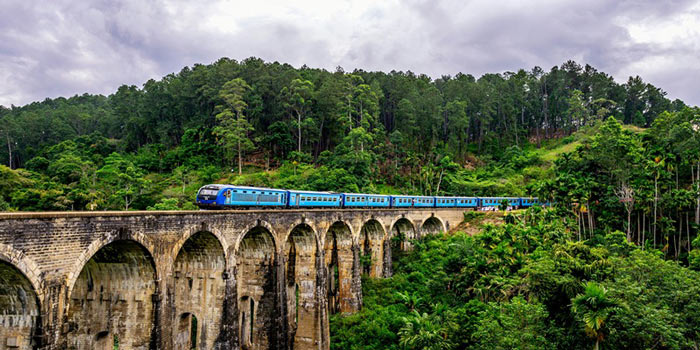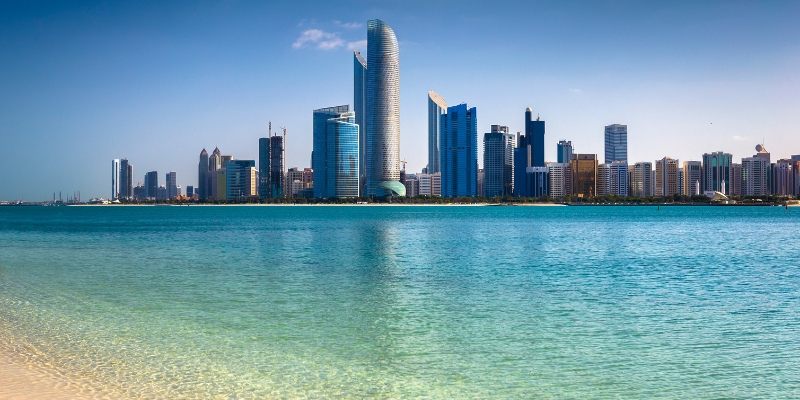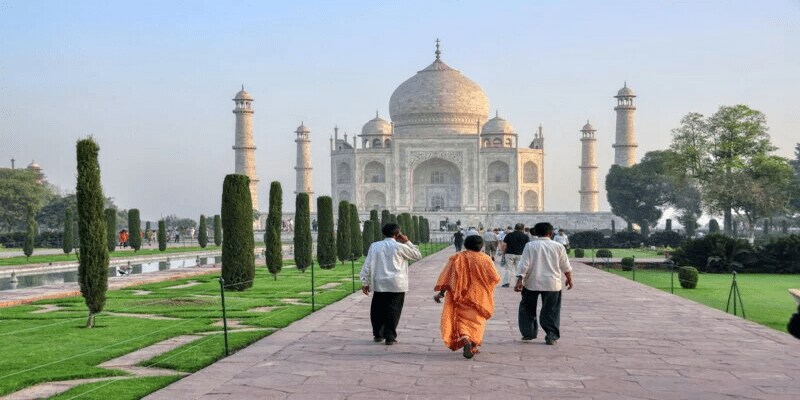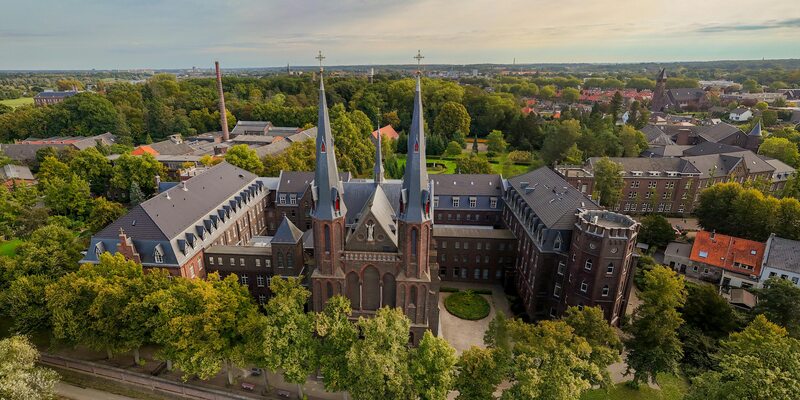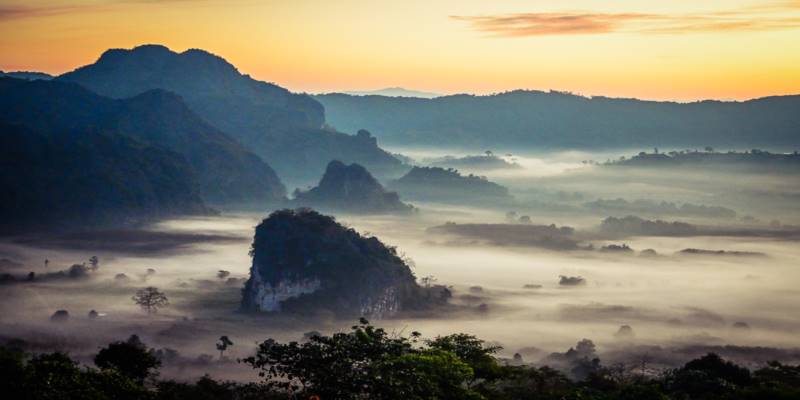A Glimpse into Kolkata's Traditional Family Durga Puja Celebrations
Jan 26, 2024 By Juliana Daniel
Durga Puja is the most important festival in India, especially in the state of West Bengal. It celebrates the victory of good over evil and honors Goddess Durga, who symbolizes strength and power. While there are grand public celebrations all over Kolkata during this time, it is also a special occasion for families to come together and celebrate their traditions.
This article will examine how traditional family Durga puja celebrations occur in Kolkata.
What is the history of Durga Puja in Kolkata?
Durga Puja is one of the most important festivals in Kolkata, India, and has a rich historical background. The festival celebrates the success of the goddess Durga over the buffalo demon Mahishasura.
According to mythology, Mahishasura had become powerful, causing havoc. The gods, unable to defeat him, created the goddess Durga and endowed her with their powers. Durga fought and defeated Mahishasura, thus restoring peace and balance to the universe.
Mythological Origins
Over the years, Durga Puja has evolved from a simple religious ritual into a grand celebration. In the early days, wealthy families primarily observed it in their homes. However, in the 18th century, the festival started gaining popularity among the general public. Community pujas, where large idols of Durga are worshipped in elaborately decorated pandals (temporary structures), began to be organized.
During British rule, Durga Puja became a platform for showcasing Bengali culture and tradition. Artists and artisans were encouraged to create intricate and innovative idols, and competitions were held to recognize the best ones.
With time, Durga Puja became a major social and cultural event, attracting people from all walks of life.
How is the Durga Puja celebrated in Kolkata?
The entire city comes alive with vibrant decorations, music, and dance in Durga Puja. One of the important aspects of Durga Puja is the cleaning and decorating of homes. This tradition holds great significance as it is believed to welcome the goddess Durga into the household.

Cleaning the house before Durga Puja is a way to purify the space and remove any negative energies. It is a time for families to come together and prepare their homes for the festivities ahead. The act of cleaning is not only physical but also symbolic, representing the renewal of oneself and the home.
Decorating the house is another important aspect of Durga Puja. Intricate and artistic designs are created using flowers, lights, and colorful decorations. The goal is to create a welcoming and joyful atmosphere for the goddess and her devotees. The decorations bring life and beauty to the surroundings, adding to the festive spirit of the celebration.
Importance of creating intricate and artistic Durga idols
Creating intricate and artistic Durga idols is another highlight of Durga Puja in Kolkata. Skilled artisans spend months crafting these idols with great attention to detail.
The idols are made using clay, molded, and sculpted into beautiful forms representing the goddess Durga and her various companions. These idols are painted in vibrant colors, adorned with jewelry, and dressed in elaborate clothing.
The creation of these idols is considered an art form in itself. The intricacy and craftsmanship involved showcase the devotion and talent of the artisans. These idols become the centerpiece of the puja pandals (temporary structures), where devotees gather to worship and pay their respects to the goddess.
Rituals
Durga Puja is one of the most important festivals of the Bengali community, celebrated with great enthusiasm and devotion. The festival spans over ten days, with each day holding its significance and rituals.
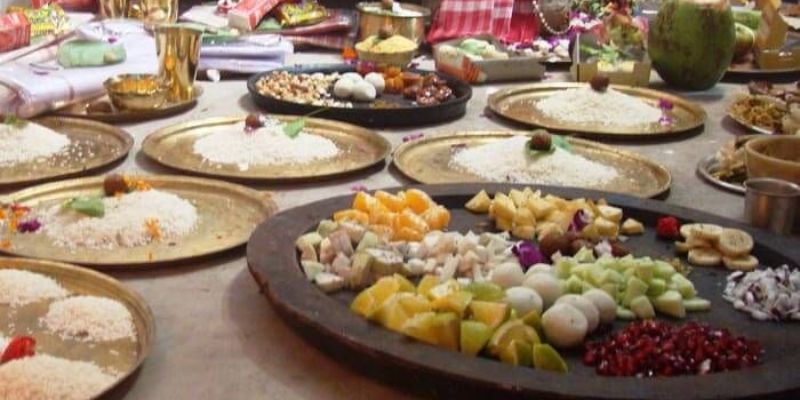
Mahalaya
The festival begins with Mahalaya, which marks the start of Durga Puja. Today, people wake up early and listen to the Mahalaya recitation on the radio or television. The belief is that Goddess Durga comes to earth on this day, and devotees offer prayers and seek her blessings.
Saptami
Saptami is the next day of the festival and marks the start of the actual Puja. On this day, people install the idols of Goddess Durga in beautifully decorated pandals (temporary structures).
Devotees offer prayers and perform rituals, including the Saptami Puja, which involves the worship of the goddess. Cultural programs and performances are also organized during this time.
Ashtami
Ashtami is one of the most important days of Durga Puja. The belief is that Goddess Durga killed the buffalo demon Mahishasura on this day. Devotees wake up early in the morning and observe fasts, offering prayers to the goddess.
Anjali, a special offering of flowers and sweets, is made to seek her blessings. In the evening, a grand procession known as Kumari Puja is held, where young girls are worshipped as embodiments of the goddess.
Navami
Navami is the penultimate day of Durga Puja and is dedicated to worshiping nine forms of Goddess Durga. Devotees offer prayers and perform rituals, seeking her blessings for prosperity and well-being.
Many people also participated in cultural programs and enjoyed traditional dances and music during this time.
Dashami
Dashami marks the end of Durga Puja. On this day, devotees bid farewell to Goddess Durga, symbolizing her departure back to her heavenly abode. The idols are submerged in water bodies amidst grand processions and music.
It is a time of mixed emotions, as people feel both joyous for the successful completion of the festival and sad to see the departure of the goddess.
Each day of Durga Puja holds great significance and is celebrated with immense devotion. The festival brings people together, providing a sense of community and spirituality.
It is a time to seek blessings, enjoy cultural activities, and celebrate the victory of good over evil. Durga Puja has a special place in the hearts of Bengalis and is a cherished tradition passed down through generations.
Conclusion
Durga Puja is a festival and a way of life for many families in Kolkata. It brings people together, strengthens bonds, and celebrates the rich cultural heritage of India. The traditional family celebrations add an extra layer of warmth and love to this already joyous occasion.
